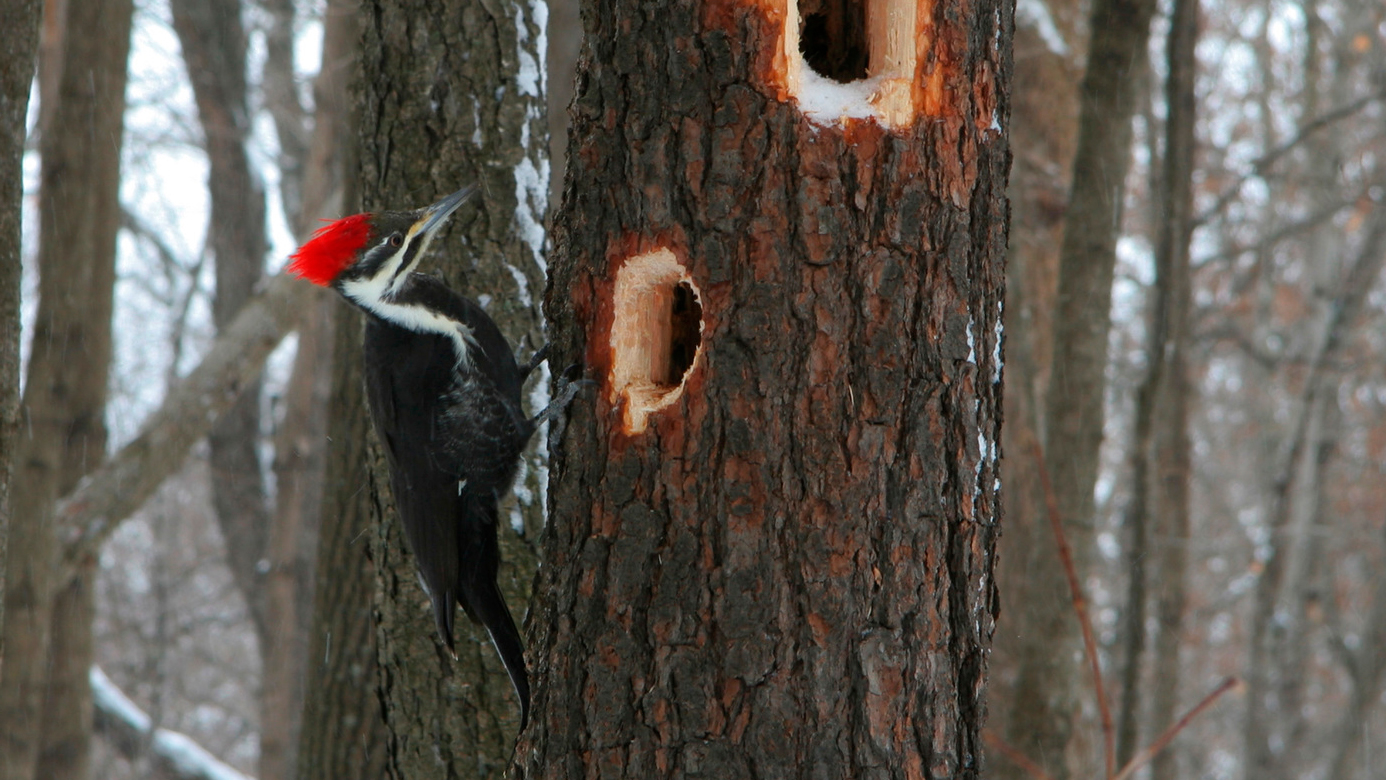Unveiling the Secrets of Woodpeckers: Habits, Environment, and More
Woodpeckers, with their special actions and specialized adaptations, have actually long interested researchers and nature enthusiasts alike. These amazing birds have a series of intriguing secrets that clarified their survival approaches, environment choices, and intricate communication techniques. By discovering the enigmas bordering woodpeckers' actions and environment choices, a deeper understanding of these avian wonders emerges, providing a peek into their interesting world. So, what makes these birds absolutely exceptional, and how do they navigate their environment with such precision and skill? Allow's discover the exciting world of woodpeckers and unwind the enigmatic information that make them such appealing subjects of study.
Woodpecker Behavior Insights
In checking out woodpecker actions, an interesting display of specialized skills and adjustments emerges, clarifying their impressive eco-friendly specific niche - Woodpeckers in Florida. Woodpeckers, known for their distinct drumming on trees, have a variety of behavior qualities that contribute to their survival and success in their setting. One crucial behavior is their drumming, which offers multiple objectives such as interaction, establishing region, drawing in friends, and finding food sources. This balanced pecking also showcases their impressive strength and endurance, as they can hammer away continually at broadband without creating damage to themselves.
Additionally, woodpeckers show an unique feeding habits identified by their capability to essence pests from tree bark using their specialized beaks. Their lengthy, barbed tongues help in capturing victim, while their solid neck muscular tissues offer security and accuracy during pecking movements. This feeding method permits woodpeckers to access hidden insect larvae and remove them with impressive efficiency.
Environment Preferences and Option
What aspects influence the habitat preferences and selection of woodpeckers? One crucial factor affecting woodpecker environment choice is the accessibility of appropriate nesting sites. Woodpeckers typically prefer woodlands with a mix of fully grown trees that supply adequate chances for cavity excavation.
Additionally, woodpeckers reveal a choice for habitats with an abundant supply of food resources. They are mostly insectivorous, eating beetles, ants, larvae, and other insects discovered in decaying timber or tree bark. Woodpeckers have a tendency to favor woody areas with a diverse insect populace to meet their nutritional requirements.
Moreover, the visibility of dead or rotting trees is another crucial consider woodpecker environment choice. These trees not only supply food view it sources yet likewise supply appropriate substratum for tooth cavity excavation. Dead trees are essential for the upkeep of healthy woodpecker populaces, as they play a vital function in the woodpeckers' life cycle and environment dynamics.
Feeding Routines and Diet Structure
Woodpeckers demonstrate a specialized feeding habits concentrated on foraging for insects within numerous habitats. Their diet plan largely contains bugs such as beetles, ants, caterpillars, and crawlers, which they locate by touching on tree bark and paying attention for the sound of activity inside. Woodpeckers use their strong beaks to pierce right into the wood and their long, barbed tongues to remove prey from gaps. In enhancement to pests, woodpeckers also take in tree sap, fruits, nuts, and seeds, including variety to right here their diet plan relying on the period and availability of food sources.
The foraging techniques of woodpeckers are well-adapted to their arboreal way of living (Woodpeckers in Florida). Their capacity to dig deep into timber not just supplies them with food however likewise assists in producing nesting tooth cavities and establishing territories. Woodpeckers play an important function in keeping the health of woodlands by regulating insect populaces and helping in the decay of wood. Understanding their feeding habits and diet regimen structure is necessary for conservation efforts focused on maintaining these special and important birds.
Drumming Appears and Communication
Utilizing rapid drumming sounds on different surfaces, woodpeckers employ a distinct type of interaction to signify territory borders and draw in mates. This drumming actions is not only a method of communication yet likewise functions as a means for woodpeckers to establish their visibility within a specific location. The intensity, rate, and pattern of the drumming can communicate vital info to various other woodpeckers in the area.
Woodpeckers use website link drumming noises to introduce their existence in a region and to caution off possible intruders. The loud and recurring nature of the drumming works as a clear signal to various other woodpeckers that the location is already asserted. This helps in minimizing conflicts and reducing physical battles between people.

Survival Adaptations and Specialized Composition

Verdict
In verdict, woodpeckers display unique actions, such as drumming noises for communication, and have actually specialized anatomy for survival in their picked environments. Their feeding practices and diet regimen structure further show their versatility to numerous atmospheres. By understanding these facets of woodpeckers, researchers and preservationists can better protect and protect these fascinating birds and their ecological communities.
Comments on “Running Into Woodpeckers in Florida: Variety Variety and Identification”